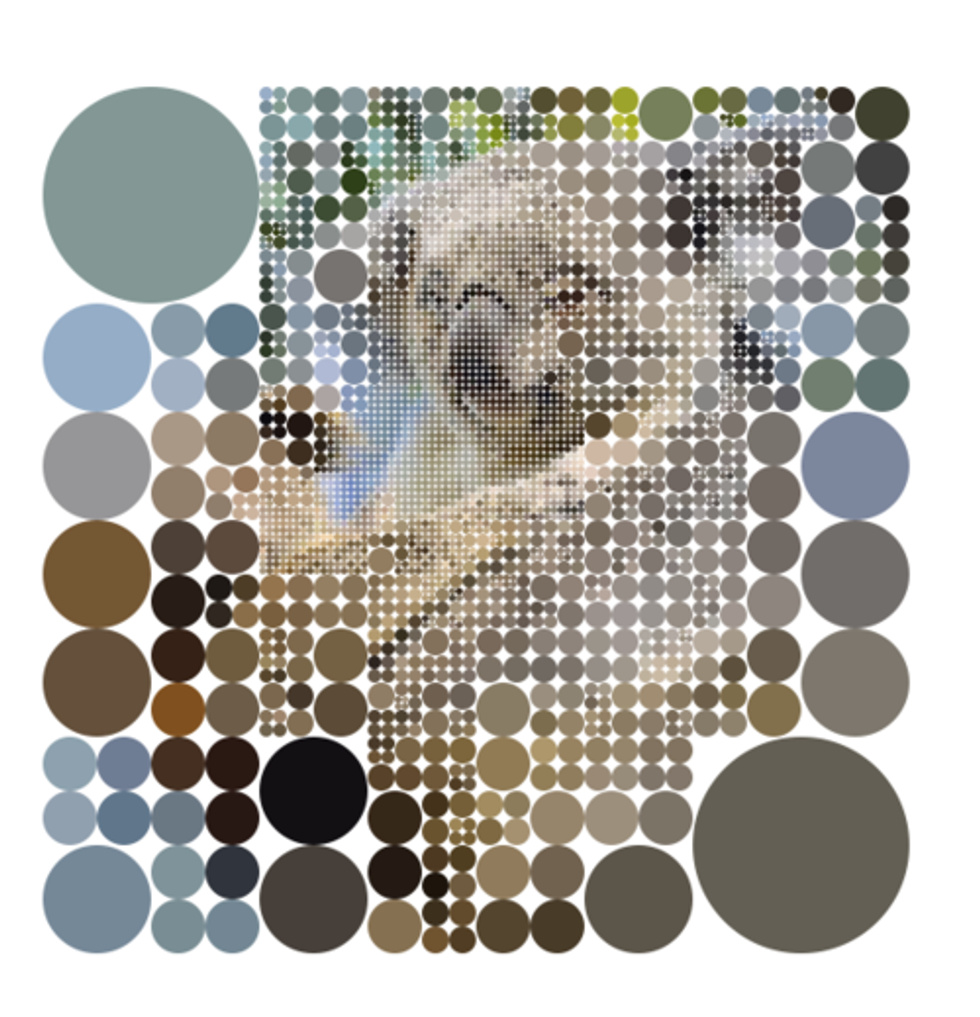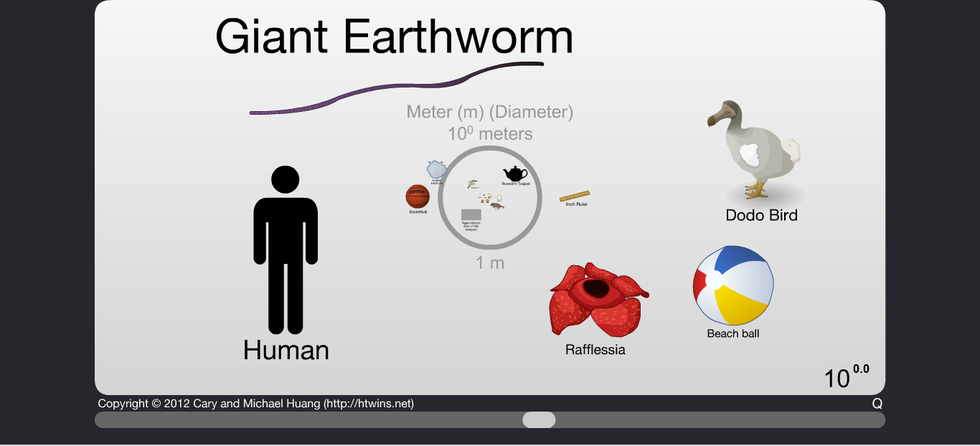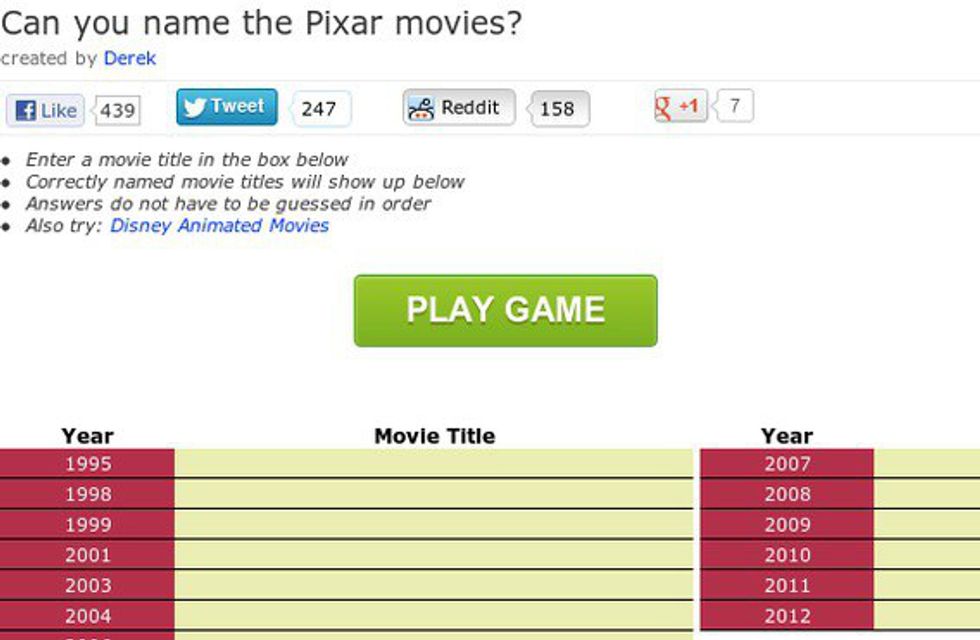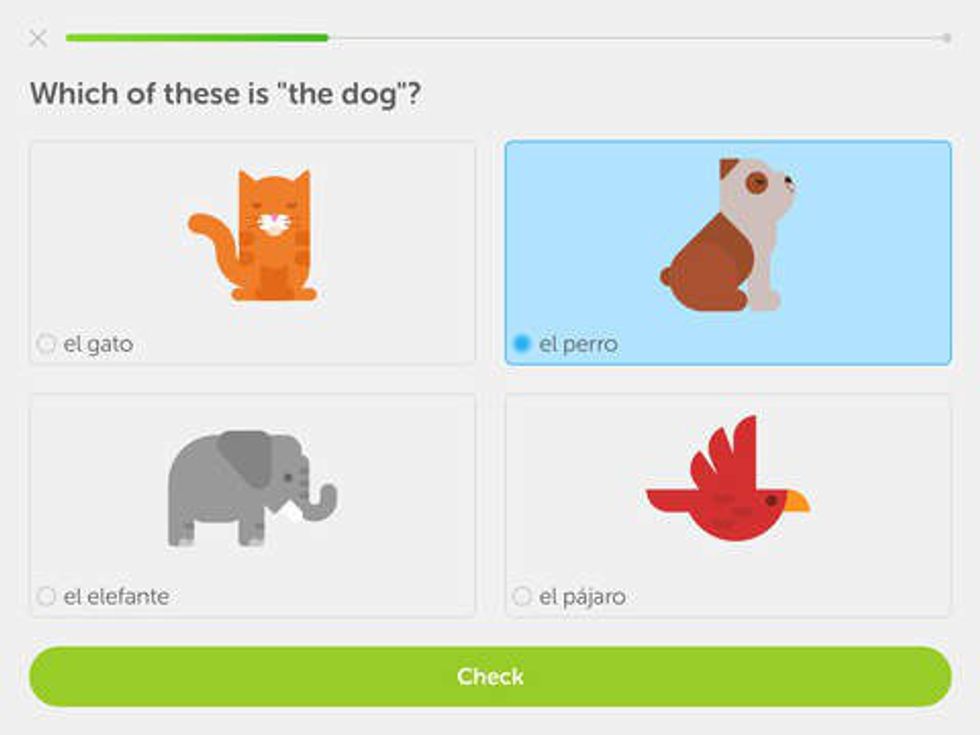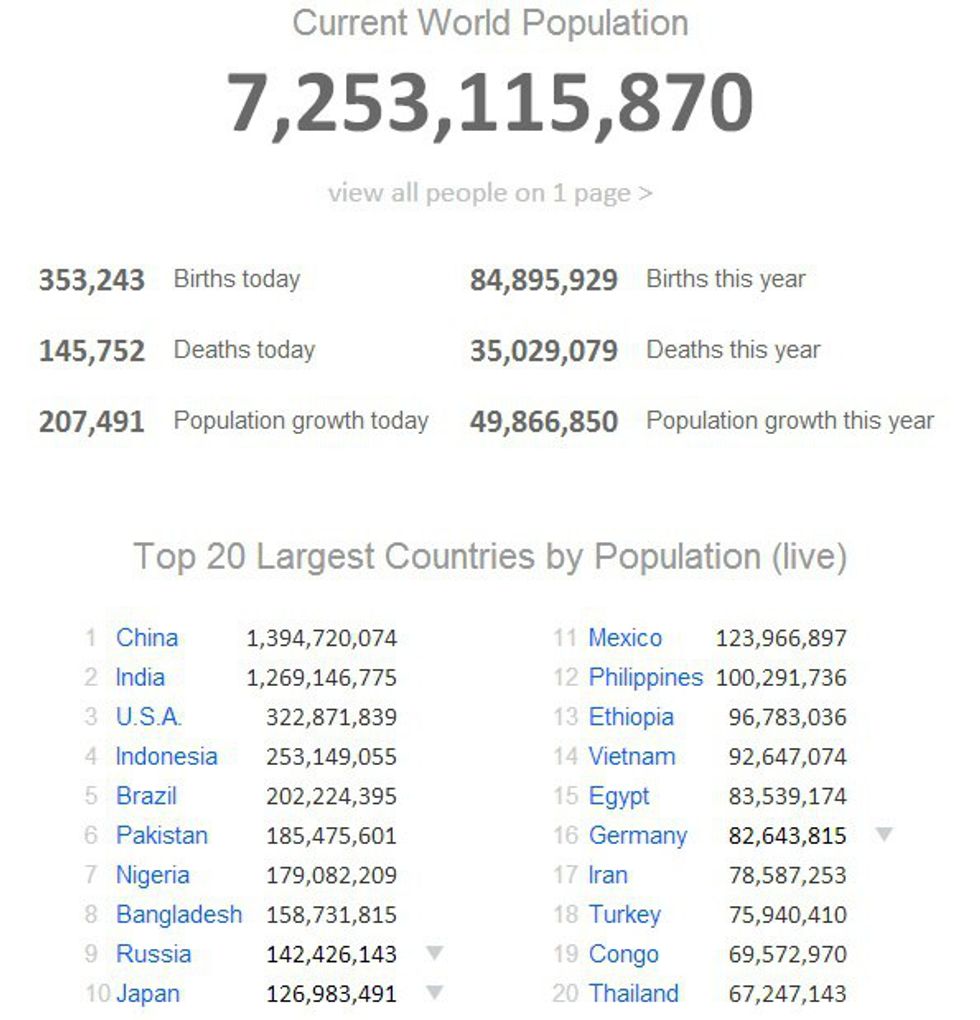The Internet is such a vast, profound way to find new information and communicate with people like you never could before.So vast, in fact, that it has over a billion websites now, having passed the 1 billion mark in mid 2014. There are many good websites out there, but because of how big the internet is, these can be quite hard to find if you don't know exactly what you're looking for. Luckily, I've had the pleasure of stumbling upon these websites over the years, and I've now put them all in a list for you to see.
1. Koalas To The Max
This website is a simple, single-use website that can be quite entertaining. You start off with nothing but a large grey dot. When you hover your mouse over it, it turns into 4 slightly different colored dots. Those dots keep splitting up into 4 smaller dots of different color when you hover over them, and as you can see from the picture above, they eventually get small enough to reveal a picture of a koala.
The best part is, you can do the same thing with any picture you want. just type in koalastothemax . com / ? [URL of the image] , minus the spaces. So for example, I did this with a picture from Wikipedia to do it with the Mona Lisa.
2. Famous Birthdays
Do you know who shares a birthday with you? Or who shares a star sign with you? Or who you should say 'happy birthday' to today? If so, then this is a perfect website for you! It has a huge catalog of famous and notable people, and it organizes them in various ways. You can find out just about anything birthday related on here. But it doesn't stop there; it also ranks people on their level of popularity, name, profession, and many other things. It's worth taking a look at!
3. Scale Of The Universe
This is the latest model of the website Scale Of The Universe. It's a neat, interactive tool that shows you how big things in the universe are. You start off at the view of the average human, and using the slider you can either zoom in or out and see how things compare to other things. For example, you can see that a single mist droplet is a little bigger than a single silk fiber. Or you can go bigger and see that the dwarf planet Pluto is a little bit smaller than the entire length of the Great Barrier Reef. It goes as small as the Planck length, which is the smallest possible distance in the universe, and goes as big as the estimated size of the entire universe itself. There's a lot in between, so look around!
4. Sporcle
Sporcle is a very unique and interesting that can't be easily categorized; there's no website out there that's quite like this one. It can simply be summed up as a quiz website, but it's much more than that. There's tons of different tests and quizzes that test your knowledge on practically any topic you can think of. TV characters, countries, logos,and much much more. In the basic quiz, you're given a certain amount of time to type in all of the things in a given list. But in some more well thought out quizzes, there are different pictures and graphics that you click on to get the answer instead. You can even create quizzes yourself--but it can be hard to get the hang of. The whole website is certainly worth a look.
5. Random.org
This is an extremely useful website that can be applied in many different ways, and can be pretty entertaining as well. Random.org is a website that has many different randomizers that are free for you to use as many times as you like (there is a small number of paid servies, though, but those arent very necessary for the average internet user). It has a coin flipper, a random date generator, a randomizer for any list you put in, and a lot more. What sets this apart from other websites is that it uses a special technique for generating is random outputs. Normal randomizers use a predetermined mathematical equation or algorithm, and thus cannot be considered 'true' randomness. This website is different; it uses radio receivers to pick up unpredictable atmospheric noise which is then translated into the random integer, sequence, etc. that you ask for. There are a lot of different tools on this website, so it's worth taking a look around and seeing which ones you might want to use in the future.
6. Duolingo
Duolingo is a unique language learning platform. You can learn several different languages on it, including Spanish, French, German, Russian, Portuguese, Welsh, and Esperanto. The best part? It's absolutely, 100 percent free! Yes, it's true. It's completely legit and has helped tons of people already, and is even used in schools. There's an app for it too, and you can set how much you want to learn per day, and you can get reminders for you to practice each day. The site also tracks your progress and consistency in learning the language, and how fluent you are. There is also a forum, where you can ask and answer questions about what you're learning. Overall it's a really good experience, highly recommended for anyone wishing to learn a language.
7. Worldometers: Real-time World Statistics
This is a neat little website that you'll have a fun time scrolling through. It shows you many different statistics around the world in real time. They're based off of the most accurate estimates possible, and is constantly updated over time with these figures. Most notably it has the current population of people around the world, but it also includes other things, such as the number of e-mails sent in the current day, or the total amount of CO2 emissions in the current year. Some of the statistics also include additional facts about them, which you can view by clicking on the small + sign by each row.
8. Conway's Game Of Life
This is definitely one of my favorite ones on this list. The game is simple, yet complex at the same time. Invented by mathematician John H. Conway in 1970, it's a game that can be used to loosely simulate populations and how they change from generation to generation. There are only a few basic rules that dictate the game:
-Each cell on the board is either 'alive' or 'dead'. A cell is alive when it is lit up.
-If a living cell has either two or three living neighbors, then it stays alive to the next generation. This symbolizes survival.
-If a living cell has less than two or more than three living neighbors, that cell dies, which symbolizes overcrowding and loneliness.
-If a dead cell has exactly three living neighbors, then it turns into a living cell. This symbolizes birth.
-In all other cases, the cell remains as it was.
There is no definite goal to the game. You keep making patterns on the grid, and that pattern follows these rules, applying them to every cell once, each time making a new 'generation' of cells. Eventually every pattern you make either repeats itself, or fizzles out, with all the cells ending up dead. It's very interesting, and there are a lot of cool patterns discovered by different people. Try different combinations and see what you can come up with!
There are many more I can add, but this is just a handful. I may make more like this in the future, so watch out for those, and make any suggestions if possible!
Sources:
http://www.ibiblio.org/lifepatterns/
https://www.reddit.com/r/InternetIsBeautiful/comme...
http://www.conwaylife.com/wiki/Conway's_Game_of_Li...




